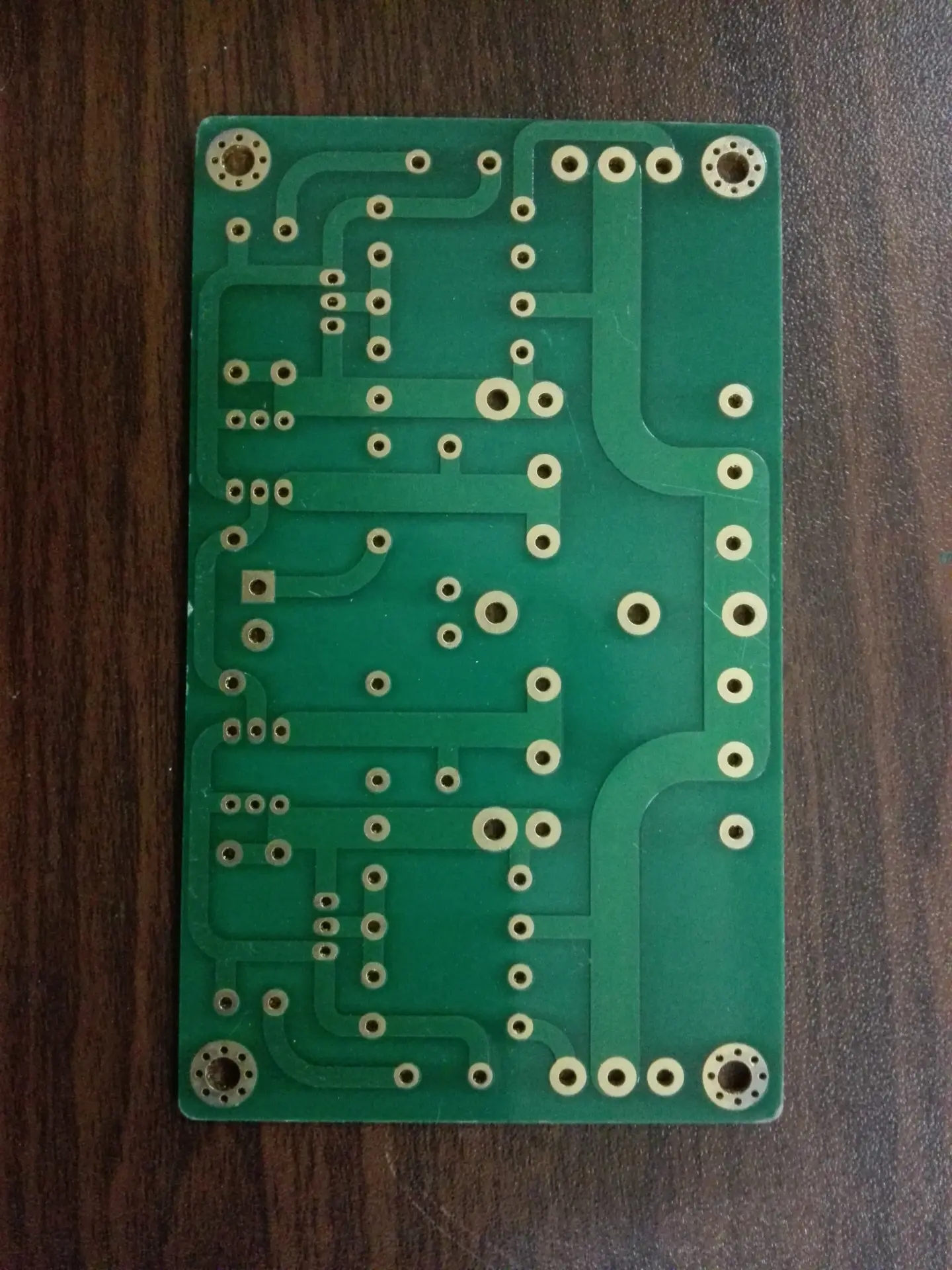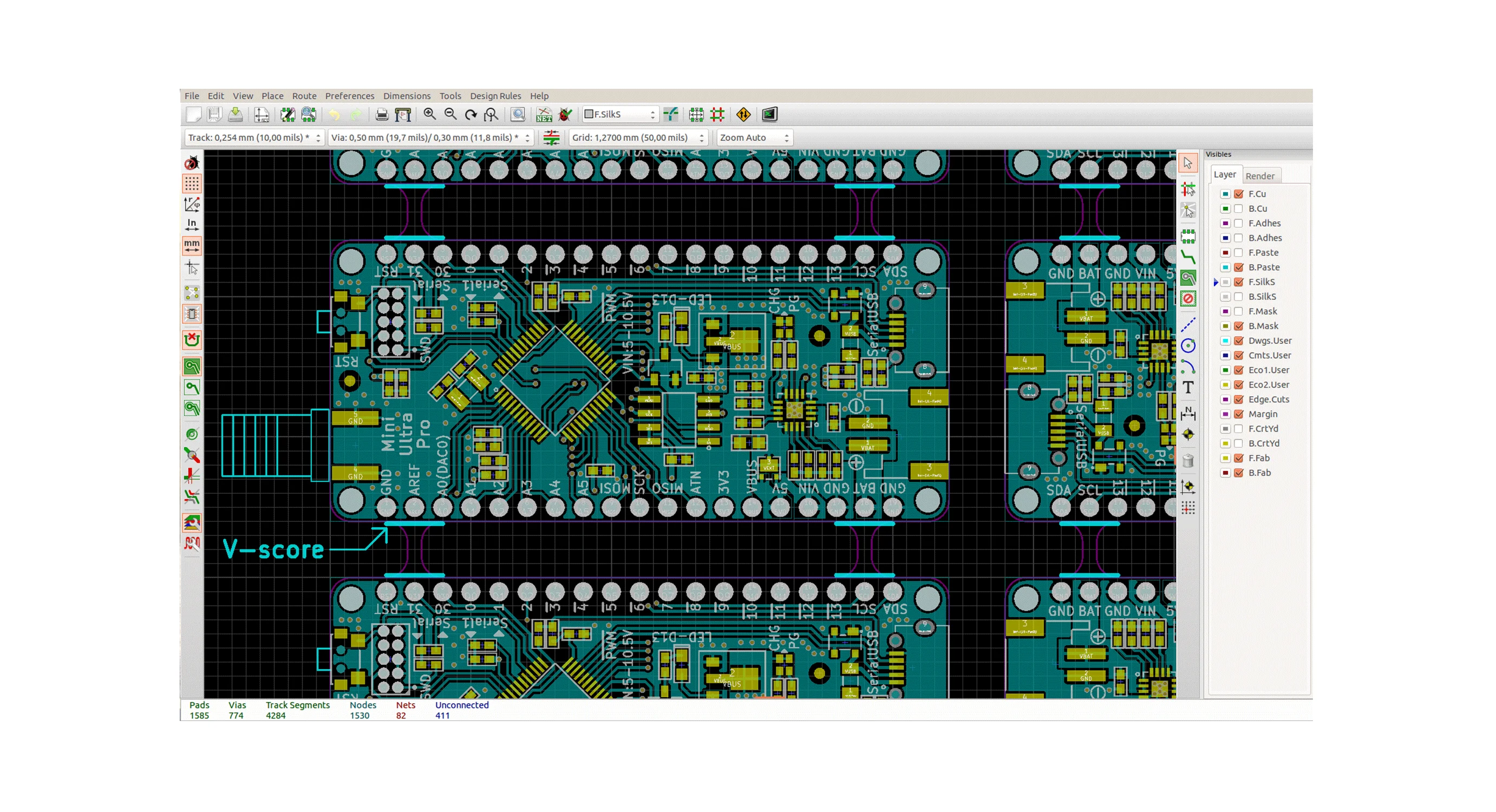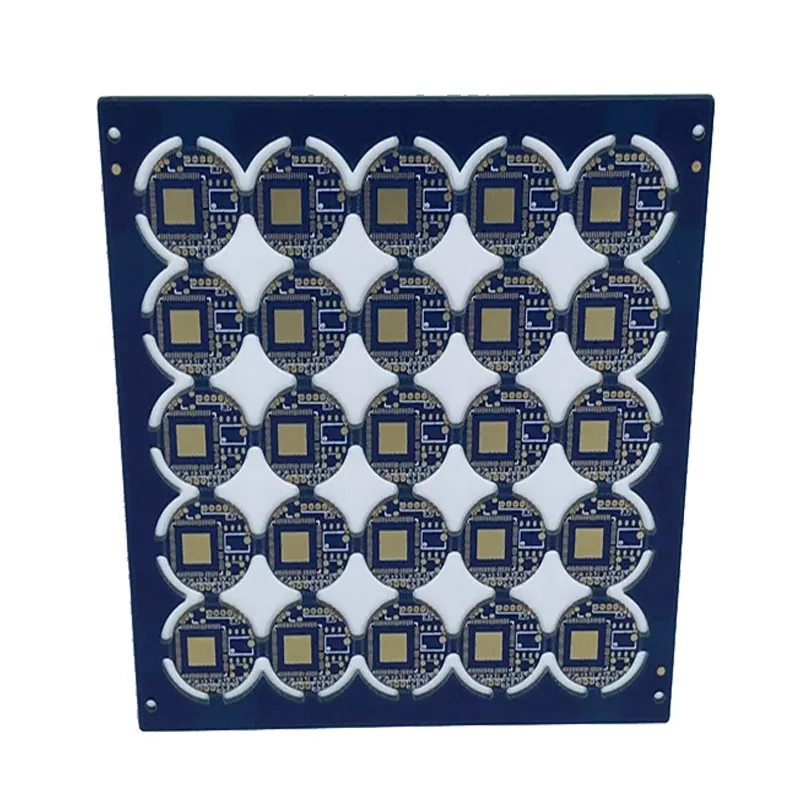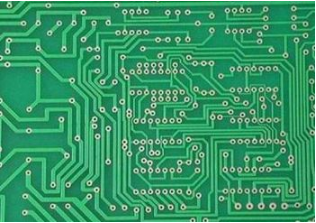
What are the principles for the number of unit boards of circuit boards
1. How many unit boards should be included in a panel? The number should be determined according to the actual situation. In principle, the more the number is, the better. The more the number is, the less the transmission loss time of a single PCB on the track is, and the higher the utilization rate of equipment is; At the same time, the greater the number of panels, the higher the utilization rate of materials used in PCB manufacturing, and the lower the cost. Of course, there is a limit. SometiMES, with the increase of the number of panels, the material cost of unit boards will rise, mainly because the equipment capacity of Shenzhen circuit board manufacturers is limited. How many unit boards should be included in a panel may be considered from the following aspects:
1. Equipment capability, the maximum PCB size that the equipment can produce (print or mount). Within this maximum allowable size range, it is possible to include as many unit boards as possible.
2. PCB thickness. If the thICkness of PCB is SMAll, it is necessary to consider the deformation of the whole board during reflow or wave crest. Therefore, the panel size also needs to consider reducing the influence of PCB deformation on assembly quality.
3. Whether the fixture is used for auxiliary production. For PCB with small thickness, if the fixture is used for auxiliary production, the requirements for panel size can also be relaxed, but this may involve cost growth.
4. Whether the production operation is easy or not, and whether the size is too large may cause operational safety problems, which also need to be considered.

Connection point shape&size
An appropriate connection shall be designed between the unit boards inside the panel and between the unit board and the process edge, which can not only ensure sufficient strength support during the production process, but also consider that after the assembly is completed, the operation of cutting the process edge and the connection point is SIMple and easy, and will not cause other quality problems.
There are generally three types of connection point design: V-Scoring, stamp hole and conventional connection. The method to be adopted depends on the production capacity of the equipment: if there is no automatic plate dividing equipment but only manual plate dividing is adopted, V-Scoring or stamp hole connection can be considered; If the mechanical equipment plate splitting process is adopted, any design can be adopted.
1. V-Scoring design: the angle is usually kept at 30 °, 45 ° or 60 °, and the reserved thickness of the notch center is generally 0.5mm, which can be trimmed according to the actual situation. If the shape of the panel is large, and the components on the panel are heavy, the production may be affected due to the fracture of the process edge. The thickness can be increased appropriately. On the contrary, if there is no such concern, the assembly will be affected by the excessive burr of the sub plate, and the thickness can also be appropriately reduced.
2. The design size, aperture and hole spacing of stamp holes are the same as V-Scoring, which is generally used for manual plate splitting design. It is necessary to consider the sufficient strength in the production and assembly process and the simplicity of plate splitting.
3. Generally speaking, the common connection design has no strength concerns, and only needs to consider the subsequent plate division. This connection needs to use mechanical equipment for auxiliary analysis, such as Punch, Router, etc.
The Circuit board manufacturers, circuit board designers and PCBA manufacturers explain to you the principles of the number of circuit board assembly unit boards.
然后
联系
电话热线
13410863085Q Q

微信

- 邮箱












